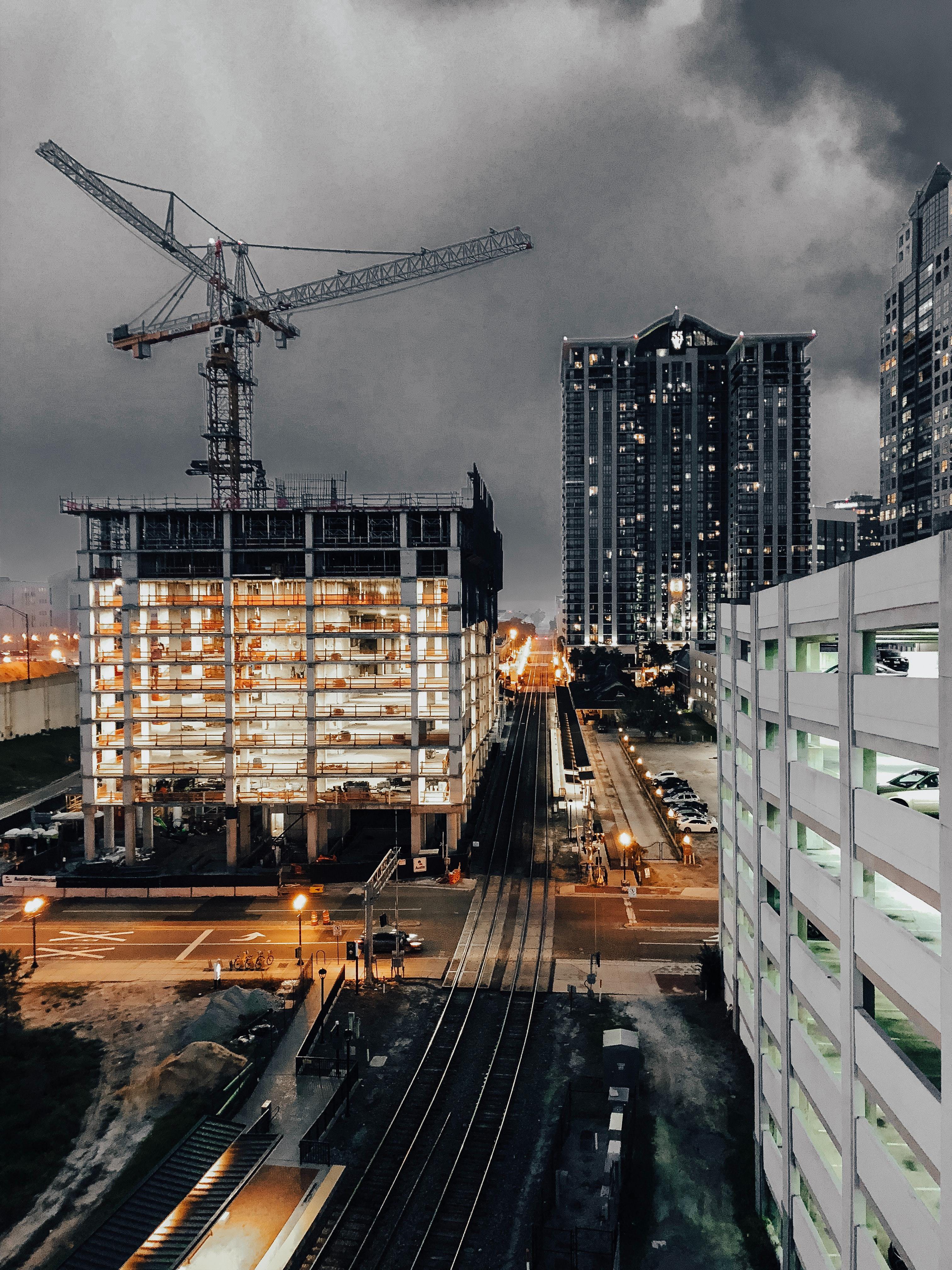At Surrey Steels we offer a wide range of services, from design and fabrication to delivery and installation. From simple beams to complex structures, we provide the complete one-stop-shop.
With our reputation as experts and many years in the industry, we are completely committed to delivering the best experience when it comes to your steel projects – no matter how large or small. We guarantee to quote you within 24 hours and to support you all the way with competitive prices, guidance and second-to-none service for all your steel needs.


